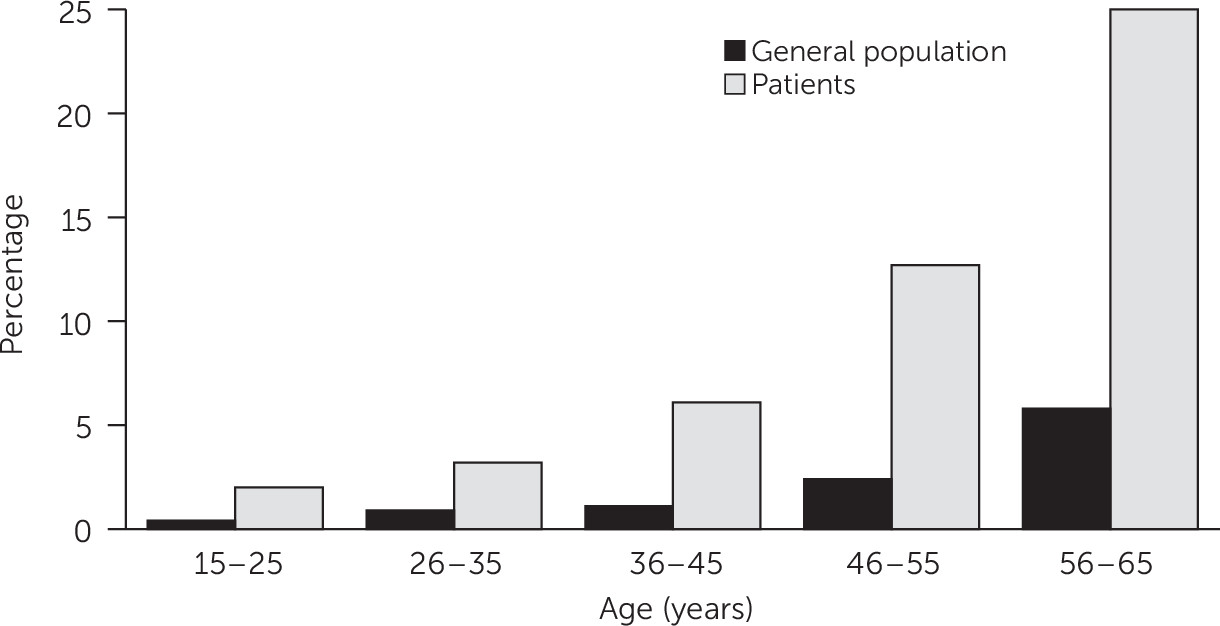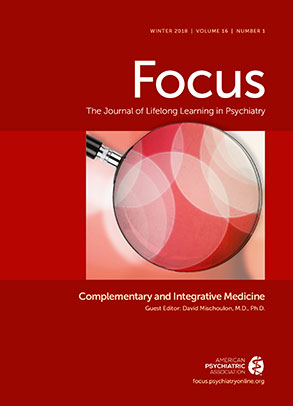Early Combination Therapy for Type 2 Diabetes Mellitus and Common Comorbid Mental Disorders
Abstract
Type 2 Diabetes Mellitus and Schizophrenia

Metabolic Brain Abnormalities and Their Clinical Implications for Patients With Schizophrenia and Comorbid T2DM
Schizophrenia Neurotransmitters and Glucose Homeostasis
Prolactin as a Link Between Schizophrenia and T2DM
Pathogenetic Links and Other Contributing Factors
Management
| Antipsychotic | Average Weight Gain per Month (pounds) | Diabetes Risk |
|---|---|---|
| Olanzapine | 5.02 | High |
| Clozapine | 3.74 | High |
| Quetapine | 3.96 | Moderate/high |
| Risperdone | 2.20 | Moderate/low |
| Ziprasidone | 1.76 | Low/unknown |
Type 2 Diabetes Mellitus and Depression
Structural Brain Changes Associated With Depression and T2DM
The Role of Neuroendocrine and Inflammatory Pathways in the Comorbidity of Depression and T2DM
Genetic Link and Other Risk Factors for Depression and T2DM
Management
Type 2 Diabetes Mellitus and Anxiety
Metabolic Interactions in Anxiety Disorders and T2DM
Management
Conclusions
References
Information & Authors
Information
Published In
History
Keywords
Authors
Funding Information
Metrics & Citations
Metrics
Citations
Export Citations
If you have the appropriate software installed, you can download article citation data to the citation manager of your choice. Simply select your manager software from the list below and click Download.
For more information or tips please see 'Downloading to a citation manager' in the Help menu.
View Options
View options
PDF/EPUB
View PDF/EPUBLogin options
Already a subscriber? Access your subscription through your login credentials or your institution for full access to this article.
Personal login Institutional Login Open Athens loginNot a subscriber?
PsychiatryOnline subscription options offer access to the DSM-5-TR® library, books, journals, CME, and patient resources. This all-in-one virtual library provides psychiatrists and mental health professionals with key resources for diagnosis, treatment, research, and professional development.
Need more help? PsychiatryOnline Customer Service may be reached by emailing [email protected] or by calling 800-368-5777 (in the U.S.) or 703-907-7322 (outside the U.S.).

